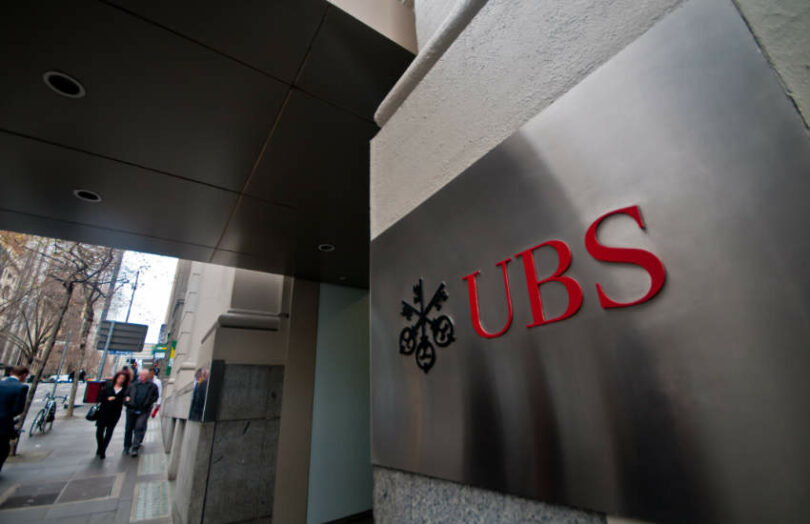Today UBS executed its first intraday cross border repo trade with a global Asian bank using Broadridge‘s Distributed Ledger Repo (DLR). UBS has been an early adopter of the blockchain solution, signing up in 2021.
“Intraday repo is a valuable tool to manage our liquidity usage and provides flexibility in our funding capabilities with reduced operational risk,” said Beatriz Martin, UBS Group Treasurer.
Repurchase agreements (repos) involve the sale of a bond, often a Treasury, and a repurchase at a later date. The net effect is similar to taking out a loan.
While the solution already racks up more than $1 trillion in trades a month, until now, most of the transactions were internal, enabling a group like UBS or Societe Generale to ensure it has the collateral in the correct subsidiary. Now, as Broadridge signs up more users, participants can execute external bilateral transactions such as today’s with the Asian bank.
A key benefit of the DLR is it enables greater flexibility in settlement timing, with intraday liquidity rising in importance alongside interest rates. The Broadridge DLR combines the workflow for the agreement, execution and settling of transactions on the same ledger, reducing risk and removing the need for reconciliations.
“This is the next step in executing on our vision of transforming global repo market infrastructure,” said Horacio Barakat, Head of Digital Innovation at Broadridge. “We are empowering leading financial institutions like UBS with the ability to dramatically lower risk and operating costs and see enhanced liquidity.”
Meanwhile, UBS has embraced DLT with open arms. It was one of the initiators of Fnality (formerly the Utility Settlement Coin project) that is getting ready to launch a blockchain settlement network in the UK. It recently was involved in a repo transaction involving Fnality and collateral management DLT HQLAᵡ.
In November, the bank issued a CHF 375 million blockchain bond, the largest to date where blockchain is the primary record keeper of the entire bond. However, the digital CSD was linked to the conventional CSD, enabling less DLT-savvy investors to buy the bond.






